
Access Data Analysis Cookbook Ken Bluttman, Wayne S. Freeze
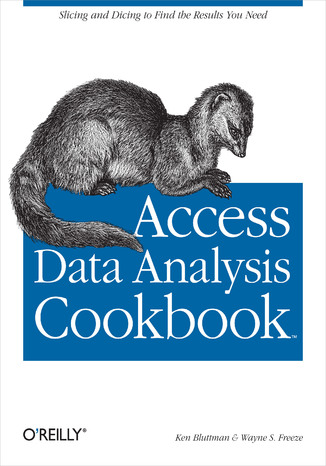



- Autorzy:
- Ken Bluttman, Wayne S. Freeze
- Wydawnictwo:
- O'Reilly Media
- Ocena:
- Stron:
- 370
- Dostępne formaty:
-
ePubMobi
Opis
książki
:
Access Data Analysis Cookbook
If you have large quantities of data in a Microsoft Access database, and need to study that data in depth, this book is a data cruncher's dream. Access Data Analysis Cookbook offers practical recipes to solve a variety of common problems that users have with extracting Access data and performing calculations on it. Each recipe includes a discussion on how and why the solution works.
Whether you use Access 2007 or an earlier version, this book will teach you new methods to query data, different ways to move data in and out of Access, how to calculate answers to financial and investment issues, and more. Learn how to apply statistics to summarize business information, how to jump beyond SQL by manipulating data with VBA, how to process dates and times, and even how to reach into the Excel data analysis toolkit. Recipes demonstrate ways to:
- Develop basic and sophisticated queries
- Apply aggregate functions, custom functions, regular expressions, and crosstabs
- Apply queries to perform non-passive activities such as inserting, updating, and deleting data
- Create and manipulate tables and queries programmatically
- Manage text-based data, including methods to isolate parts of a string and ways to work with numbers that are stored as text
- Use arrays, read and write to the Windows registry, encrypt data, and use transaction processing
- Use the FileSystemObject, use XML with XSLT, communicate with SQL Server, and exchange data with other Office products
- Find answers from time-based data, such as how to add time, count elapsed time, work with leap years, and how to manage time zones in your calculations
- Deal with business and finance problems, including methods for calculating depreciation, loan paybacks, and Return on Investment (ROI)
- Explore statistical techniques, such as frequency, variance, kurtosis, linear regression, combinations and permutations
Wybrane bestsellery
O'Reilly Media - inne książki
Dzięki opcji "Druk na żądanie" do sprzedaży wracają tytuły Grupy Helion, które cieszyły sie dużym zainteresowaniem, a których nakład został wyprzedany.
Dla naszych Czytelników wydrukowaliśmy dodatkową pulę egzemplarzy w technice druku cyfrowego.
Co powinieneś wiedzieć o usłudze "Druk na żądanie":
- usługa obejmuje tylko widoczną poniżej listę tytułów, którą na bieżąco aktualizujemy;
- cena książki może być wyższa od początkowej ceny detalicznej, co jest spowodowane kosztami druku cyfrowego (wyższymi niż koszty tradycyjnego druku offsetowego). Obowiązująca cena jest zawsze podawana na stronie WWW książki;
- zawartość książki wraz z dodatkami (płyta CD, DVD) odpowiada jej pierwotnemu wydaniu i jest w pełni komplementarna;
- usługa nie obejmuje książek w kolorze.
Masz pytanie o konkretny tytuł? Napisz do nas: sklep@helion.pl
Książka drukowana




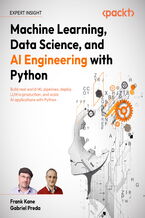

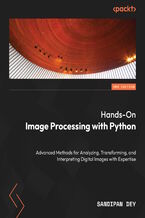
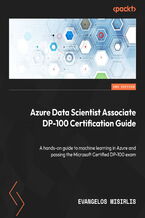

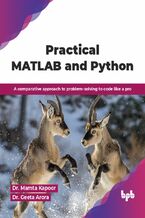










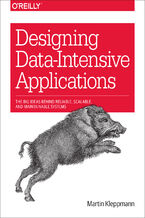


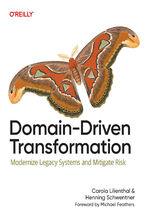

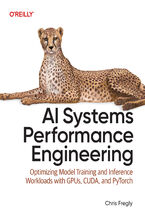
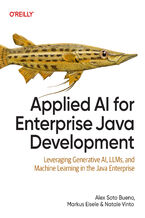
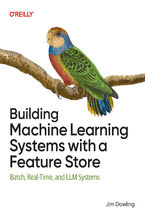

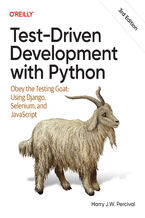



Oceny i opinie klientów: Access Data Analysis Cookbook Ken Bluttman, Wayne S. Freeze
(0)